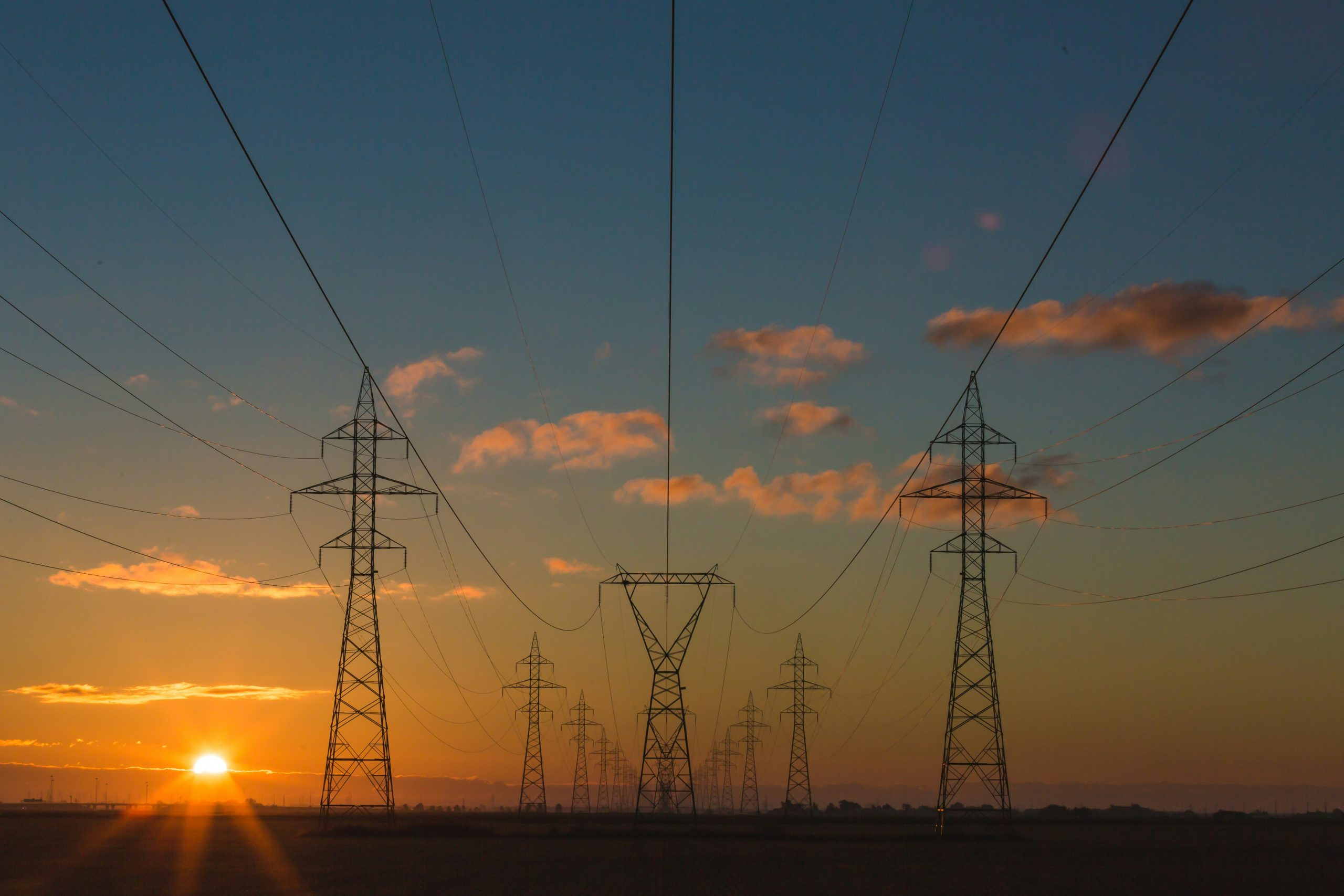Wireless Power Transfer: Over-the-Air Charging at Scale
Wireless power transfer has been steadily gaining traction as a promising technology in the world of wireless charging. With the rise of electric vehicles and the ever-growing need for portable and efficient power sources, the demand for over-the-air charging has never been greater. While wireless charging has been around for quite some time, the idea of charging devices without the need for physical contact has opened up a whole new realm of possibilities. One of the most exciting and revolutionary developments in this field is the concept of wireless power transfer at scale.
What is Wireless Power Transfer?
Before we delve into the intricacies of over-the-air charging at scale, let’s first understand what wireless power transfer really is. In simple terms, wireless power transfer is the transmission of electrical energy from a power source to an electrical load, without the need for any physical connection. Instead of using cables and cords, this technology utilizes electromagnetic induction or magnetic resonance to transfer power through the air, making it a truly wireless and convenient method of charging.
The Need for Over-the-Air Charging at Scale
The advent of electric vehicles has brought about a critical need for efficient and widespread charging infrastructure. With a rapidly growing number of electric vehicles on the roads, the demand for charging stations has increased significantly. However, traditional charging methods that require plugging in to a power source can be time-consuming and inconvenient, especially in high-traffic areas and public spaces.
This is where over-the-air charging at scale comes in. This method of wireless power transfer has the potential to vastly improve the accessibility and convenience of electric vehicle charging. By installing charging points embedded in the ground, electric vehicles can simply park over these points and charge wirelessly, without the need for any cables or plugs. This means that an entire fleet of vehicles can charge simultaneously, making it a scalable and time-efficient solution for the growing number of electric vehicles on the roads.
The Technology Behind Over-the-Air Charging at Scale
While the concept of over-the-air charging may seem like something out of a sci-fi movie, the technology behind it is based on well-established principles of physics. The charging point on the ground consists of a transmitter coil that generates an alternating electromagnetic field. This field is then picked up by the receiver coil on the bottom of the vehicle, converting it back into electrical energy to charge the battery.
To ensure efficient and precise charging, the transmitter and receiver coils are designed to resonate at the same frequency through the method of magnetic resonance. This enables the transfer of power at longer distances and through various surfaces, making over-the-air charging at scale a viable solution for different types of electric vehicles.
The Benefits of Over-the-Air Charging at Scale
One of the most significant advantages of over-the-air charging at scale is its scalability and convenience. By eliminating the need for physical connections, it offers a highly efficient and user-friendly method of charging, making it ideal for public spaces, such as shopping centers, parking lots, and even roadways. Additionally, this technology also reduces the risk of tripping hazards caused by cables and cords, making it a safer option.
Moreover, over-the-air charging at scale also has environmental benefits. It reduces the demand for fossil fuels and promotes the use of electric vehicles, which in turn, contributes to reduced carbon emissions. With this technology, electric vehicles can be charged quickly, efficiently, and silently, without any detrimental impact on the environment.
The Future of Wireless Power Transfer at Scale
The potential applications of over-the-air charging at scale go far beyond electric vehicles. With further developments and advancements in this technology, it can be used for other devices, such as drones, robots, and even smartphones. As the demand for portable and wireless power sources continues to rise, the future of wireless power transfer at scale looks promising and boundless.
Conclusion
Wireless power transfer is evolving and expanding at an exponential rate, and over-the-air charging at scale is just one of the many developments that are transforming the way we think about charging. With its many benefits and the potential for widespread use, this technology has the power to redefine the future of wireless charging. As we continue to see advancements and innovations in this field, the possibilities are endless, and we can expect to see a world powered by wireless energy in the near future.











